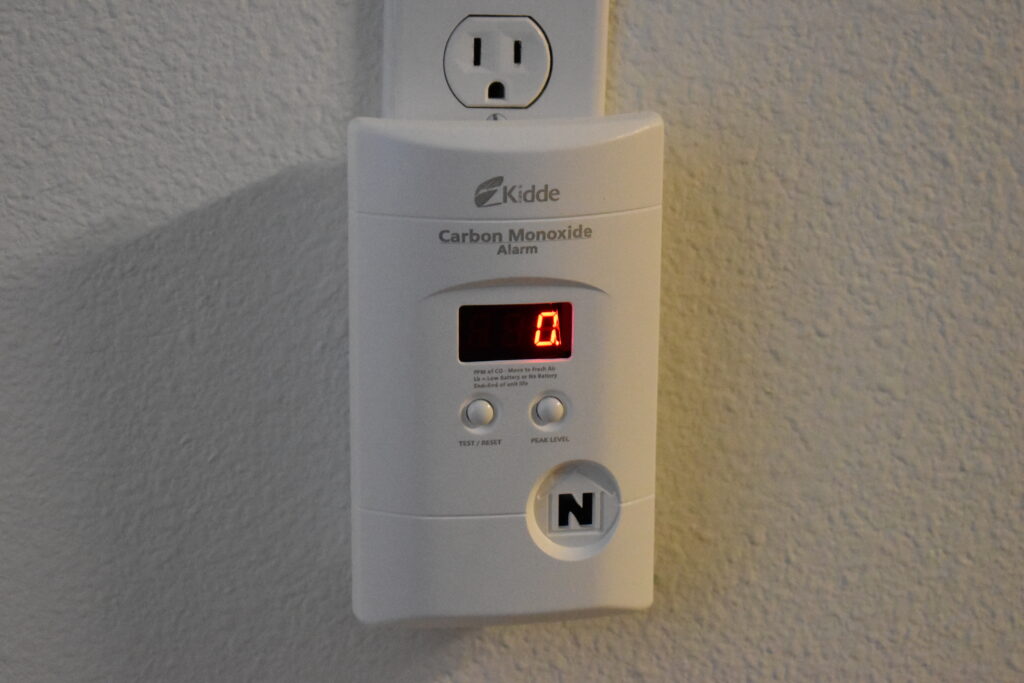What You Can’t See, Can Harm You.
Carbon monoxide (CO) is a colorless, odorless, and tasteless gas that is essentially undetectable by human senses. It is produced when an engine that uses a carbon-based fuel like gasoline is running. Carbon monoxide is a component of exhaust gases – if you can smell exhaust then CO is present. Carbon monoxide is also produced when propane, charcoal, or oil burns to power onboard appliances such as a stove, grill, hot water heater or generator. The most common source is the gasoline-powered engine which is found on the majority of recreational motor boats. For this reason, it is important to know the sources of CO, the symptoms of CO exposure, and what to do if you suspect someone has been exposed to this deadly gas for any period of time.
The Basics of What you Need to Know
- You cannot see, smell or taste CO
- The most common source of CO is a running engine
- Install and maintain a marine grade CO detector
- CO can make you sick in seconds and high concentrations of CO can kill
- CO symptoms are similar to and often confused with seasickness or alcohol intoxication
- Avoid closed-off, poorly ventilated areas of a boat when its engine is running
- Never ride or hang on a swim platform where gases accumulate when the engine is running
- If CO is suspected, open all windows, hatches, and ports to ventilate
- Move a person to fresh air if CO poisoning is suspected and seek medical attention
Dangerous Gases
Carbon monoxide enters the bloodstream though the lungs by breathing in this dangerous gas. Exposure in a well ventilated environment is generally not a problem. Brief exposure in a more confined environment can cause sickness and prolonged exposure to higher concentrations can kill you. Since symptoms of carbon monoxide mimic seasickness or alcohol intoxication it is sometimes overlooked as nothing serious and those affected never receive the medical attention they need.
Continue reading at boatus.org.

